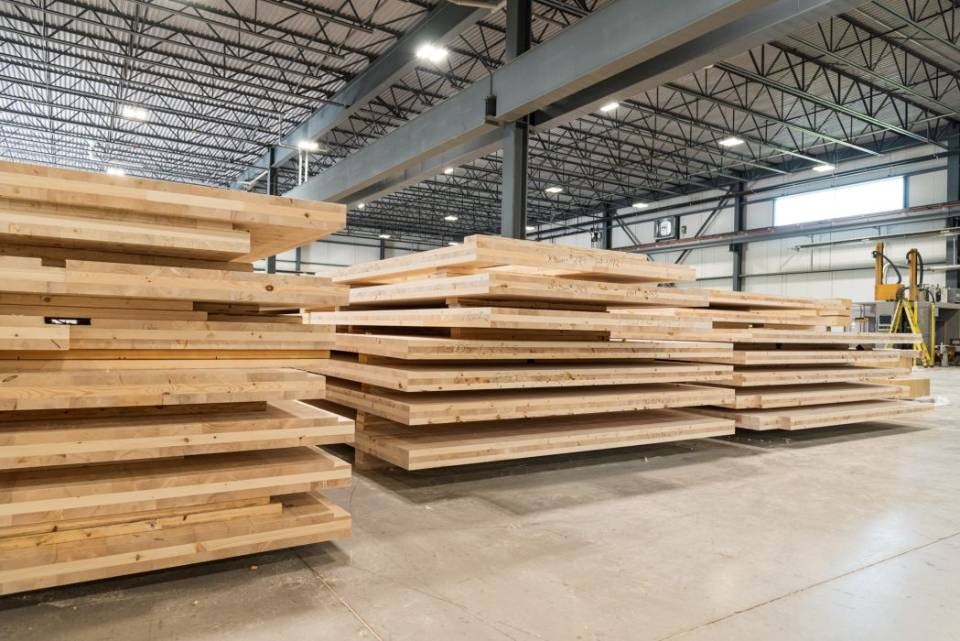The province has released a new strategy it says will help promote the use of wood in more construction projects in Ontario.
Launched on June 26, the Advanced Wood Construction Action Plan outlines the province’s plans, over a five-year period, to encourage the use of wood in construction to grow the market for Ontario’s wood products.
The province has outlined four objectives to make that happen:
- raising awareness and increasing advanced wood construction (AWC) demand;
- advancing AWC research and improving codes, standards and regulations;
- building AWC capacity;
- and displaying AWC successes to encourage innovation, highlight benefits and create opportunity.
In shaping the plan, the province said it consulted with industry stakeholders including builders, designers, engineers, educators, fire services, insurers, and municipal officials.
Among the anticipated outcomes of the plan are job creation, economic development, building more homes faster, and the mitigation of climate change.
“As our government delivers on its plan to protect and build Ontario, this action plan will help promote and prioritize wood-based building with made-in-Ontario wood construction products,” Natural Resources Minister Mike Harris said in a news release.
“Advanced wood construction is a new opportunity that can help get more homes built faster and build a stronger, more competitive forest sector that can withstand whatever comes our way.”
Advanced wood construction refers to not only traditional, on-site stick building, but also modular building, in which building components are manufactured in a factory, shipped to the build location and then assembled on site.
It can use dimensional lumber or engineered wood products like cross-laminated timber (CLT) and laminated strand lumber (LSL), which use wood fibre such as wood chips and strands in their manufacture.
Advanced wood construction is more versatile in its scope as well. It can be used for taller multifamily residential and office buildings, institutional, commercial, educational and industrial buildings, in addition to bridges and other infrastructure.
The province’s plan was well received by those in the industry, including trade associations and private companies.
Steven Street, executive director of WoodWorks Ontario – Canadian Wood Council, called it “inspiring and deeply meaningful” and a “clear and confident endorsement of advanced wood construction.”
“This strategic investment supports a smarter, more resilient approach to building in Ontario. By backing industrialized construction processes, the government is not only helping to unlock the means to deliver urgently needed housing supply, but also accelerating private investment, generating high-quality skilled jobs, and positioning Ontario as a leader in next-generation construction,” Street said in the Ontario release.
“This is about solving today’s challenges while laying the groundwork for long-term economic growth — with industrialized wood construction driving that transformation forward."
According to provincial numbers, Ontario’s forest products sector contributes more than $20 billion to the Ontario economy and employs more than 128,000 in direct and indirect jobs.




